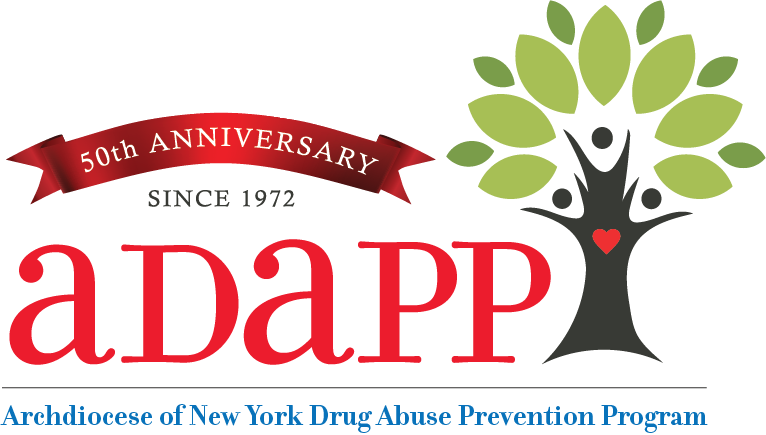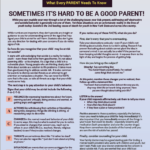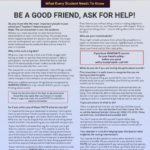Depression / Suicide
Most children and teens experience feelings of sadness, but depression is different. Children and teens who are depressed may have difficulty in school, at home and with peers. If left untreated, depression may lead to high risk behaviors, use of drugs or alcohol and even suicide. And depression can impact school performance. Find out more about depression and suicide.

The 988 Suicide & Crisis Lifeline is more than just an easy-to-remember number – it’s a direct connection to compassionate, accessible care and support for anyone experiencing mental health-related distress – whether that is thoughts of suicide, mental health or substance use crisis.
Call or Text: 988
Chat: 988lifeline.org
SAMHSA, a federal government website, is a resource of general information about mental health and substance abuse issues.
Mental Health / Mental Health Conditions
It is no secret. Children and teens who are resilient and possess a sense of self worth, who like school, have friends and feel connected to adults at home and at school, will perform better in school and in the world around them. Sometimes, however, mental health issues can effect how a student thinks, feels and acts.
National Institute of Mental Health (NIMH) is the largest scientific organization in the world dedicated to research focused on the understanding, treatment, and prevention of mental disorders and the promotion of mental health.
Self Injury and Recovery Research and Resources (SIRRR) – This website is part of the Cornell Research Program on Self-Injury and Recovery and provides links and resources to self injury information.
Adverse Childhood Experiences (ACEs) have a tremendous impact on future violence victimization and perpetration, and lifelong health and opportunity. Working together, we can help create neighborhoods, communities, and a world in which every child can thrive.
Learn more about preventing ACEs in your community by assuring safe, stable, nurturing relationships and environments.
The fact sheets below were developed by SAMHSA in collaboration with the American Academy of Child and Adolescent Psychiatry, American Psychological Association, and American Psychiatric Association. The fact sheets provide the latest scientific information about symptoms and a range of treatment options, as well as peer support groups and services.
Young Adult Fact Sheets
Use these fact sheets to help young adults understand their mental health condition, as well as the treatment and support options available to them:
Click Here for more Family Education Materials provided by SAMHSA.






